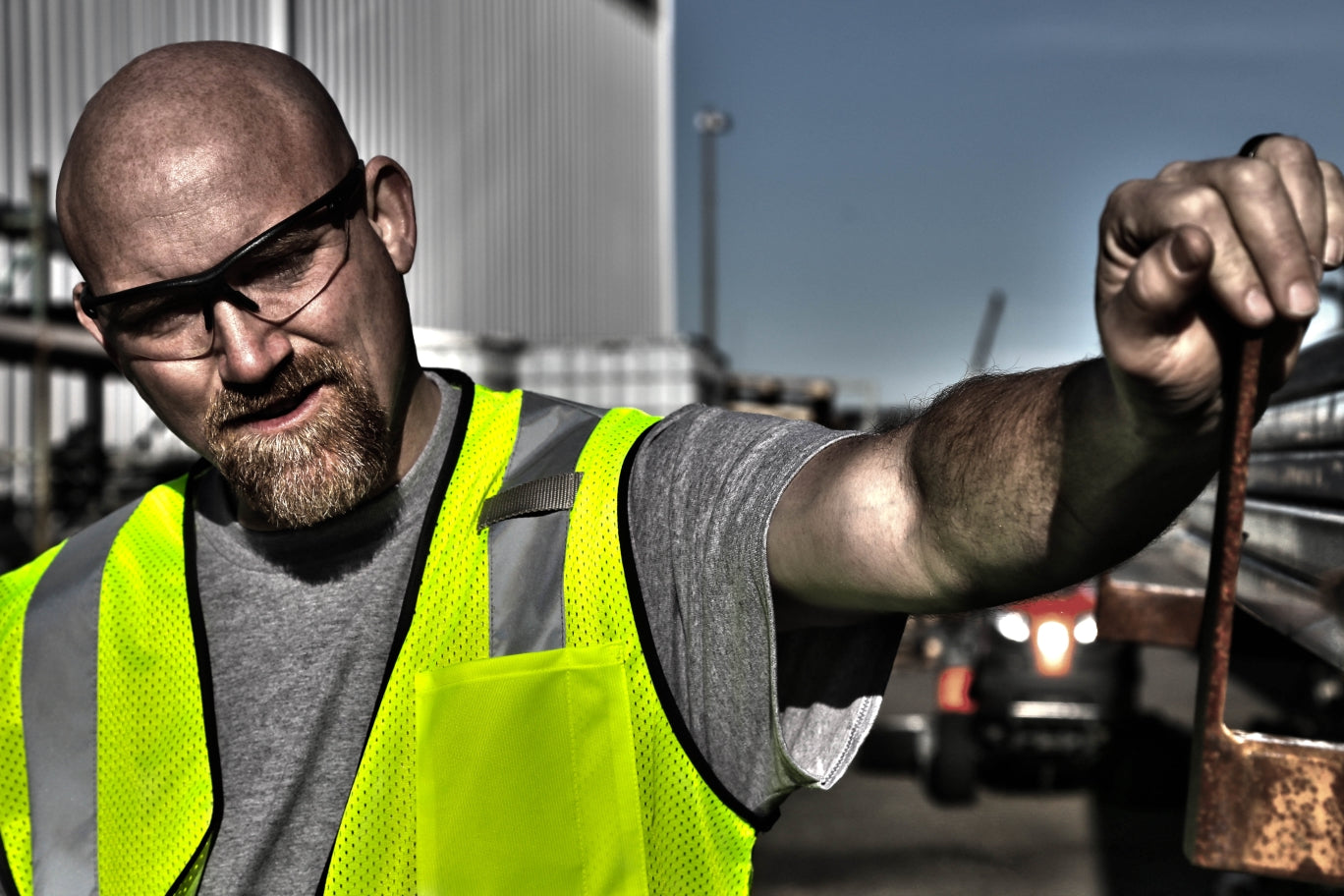
Improve Performance and Vision with Anti-Fog

IMPROVE PERFORMANCE & VISION WITH ANTI-FOG
Fogging is one of the leading challenges protective eyewear users encounter every day.
If your job requires protective eyewear it is critical to find the best anti-fog treatments available in the market today. No matter how strong your safety eyewear program is, fogged lenses present significant frustration and a high level of danger. Removing eyewear to wipe or clear away fog can expose your eyes to harmful workplace hazards.
Safety glasses and goggles fog for several reasons; all of which are related to temperature and humidity. When sudden changes in temperature occur, small droplets of moisture condense on the lens causing a hazy white fog to form, often immediately.
Anti-fog treatments were first developed by NASA during Project Gemini in the 1960’s and are now used on plastic or transparent glass surfaces in optical applications.
Anti-fog agents are treatments or additives that allow water to spread into a continuous and uniform transparent layer on the surface of lenses, preventing the condensation of water in the form of small droplets on a glass or plastic surface. This results in improved light transmission and transparency. The treatments work by reducing the surface tension of water, resulting in a non-scattering film of water instead of single droplets. Think of it as “making water wetter.” These agents or treatments usually work by application of a surfactant film or by creating a hydrophilic surface.
The following substances are used as anti-fog agents:
• Surfactants that minimize the surface tension of the water. Detergents such as shampoo, bar of soap, neutral shoe polish, or shaving cream applied as a solution and wiped off without rinsing
• Hydrophilic (water loving) coatings that maximize the surface energy. This means that some glasses will take longer to fog up than others. You should choose safety glasses that will be able to withstand the moisture levels in your working area.
There are essentially 3 types of anti-fog safety glasses on the market today:
1. The dipped variety. This type of anti-fog coating will eventually rub off with several cleanings and the anti-fogging attributes quickly diminish.
2. The sprayed or paste types of anti-fog applications. These too are quickly removed with a few cleanings.
3. The superior process fuses or bakes anti-fog treatments into the polycarbonate lens. This provides exceptional anti-fogging and anti-scratching attributes, lasts much longer than traditional treatments, and offers better protection at an overall lower cost.
Majestic’s Wrecker and Riot Shield safety glasses are coated with a premium anti-fog certified treatment that remains effective long after repeated cleanings, requiring no repeated applications or maintenance. This treatment is six times greater than typical dipped or sprayed on anti-fog coatings and offers a superior lens that combats the toughest conditions that lead to fogging.
